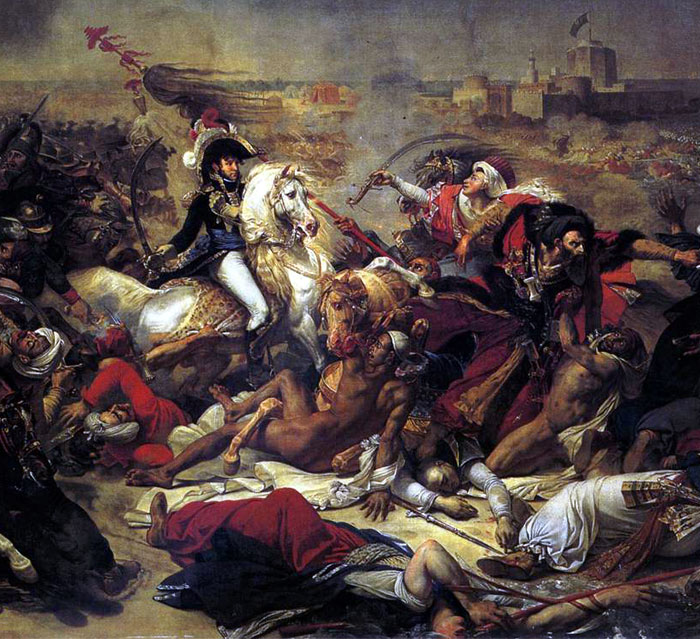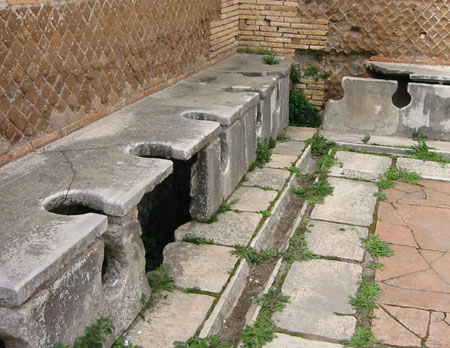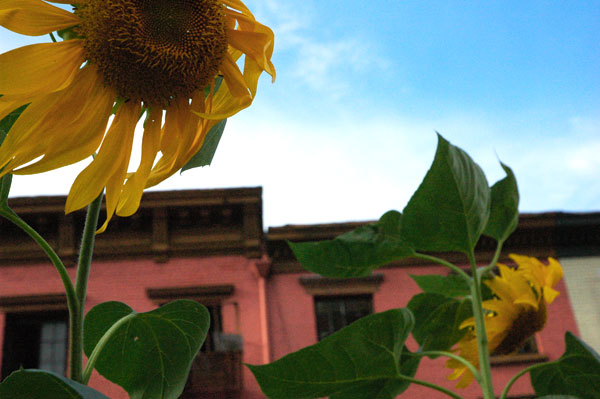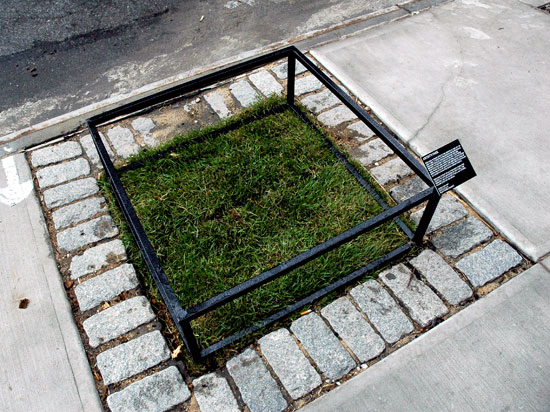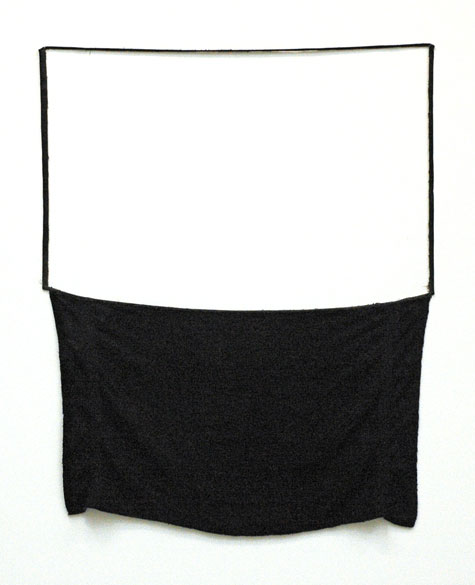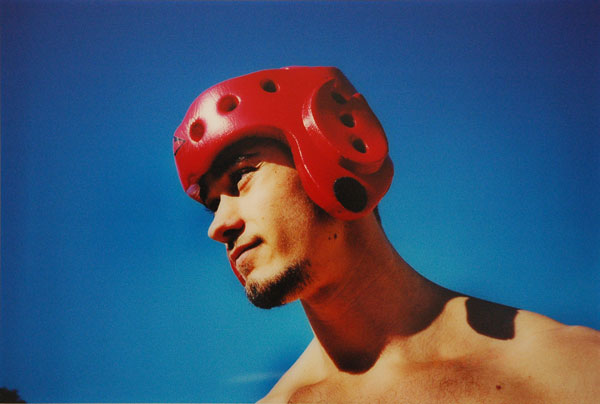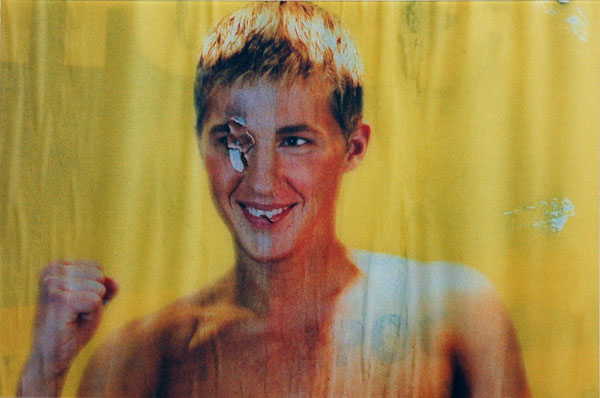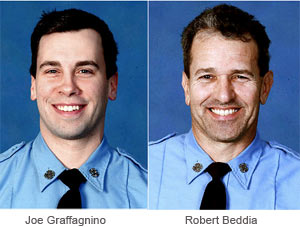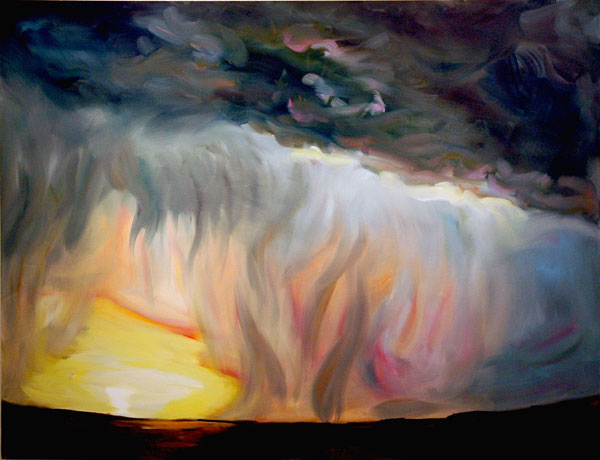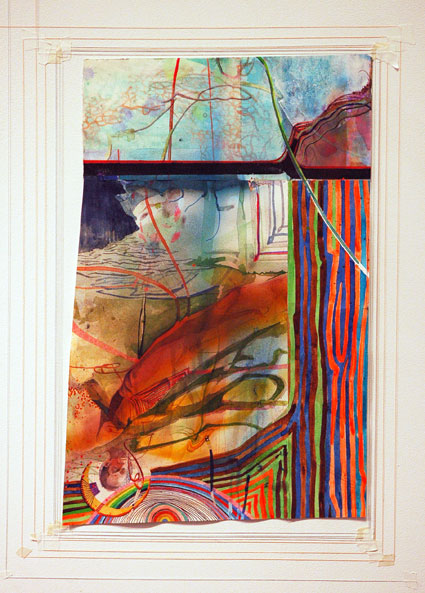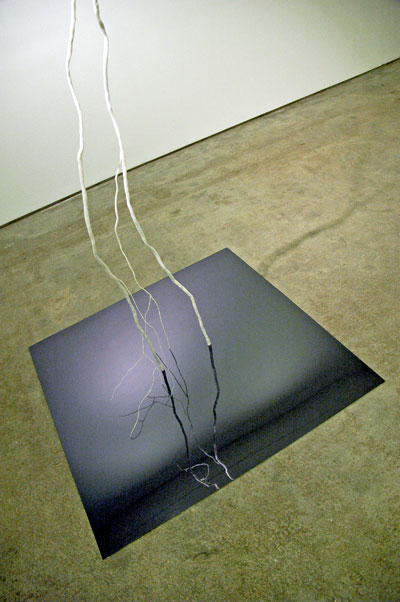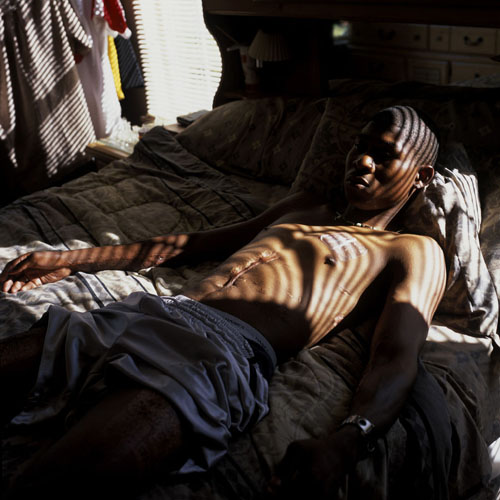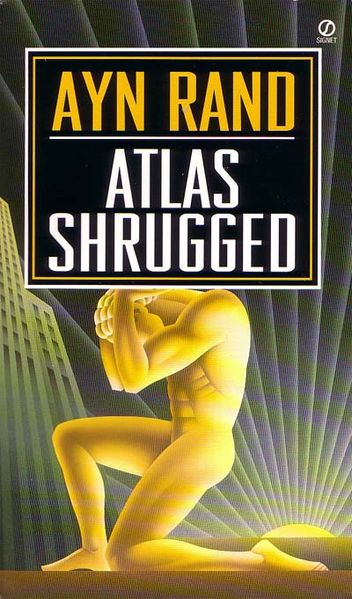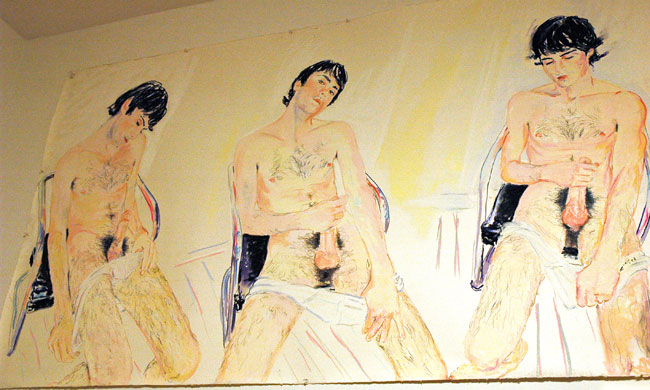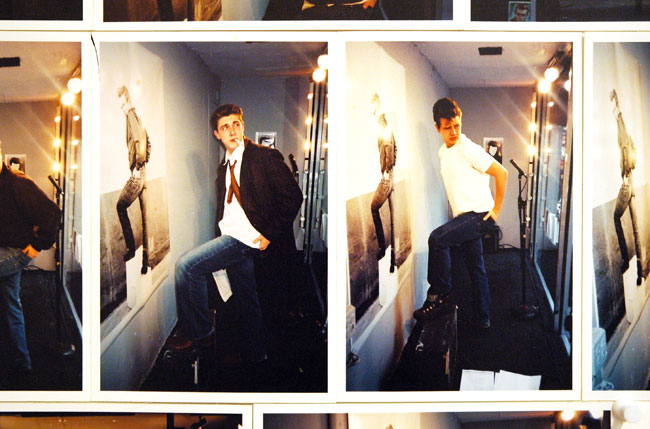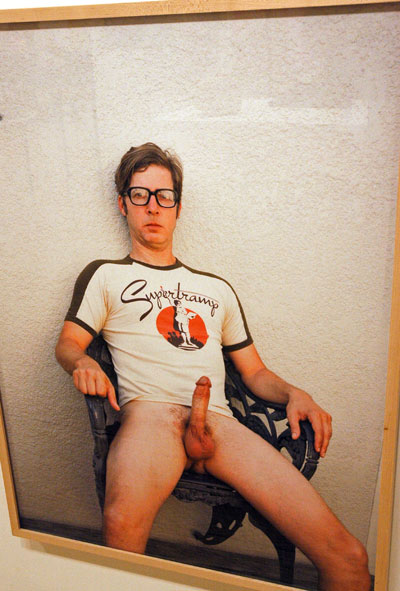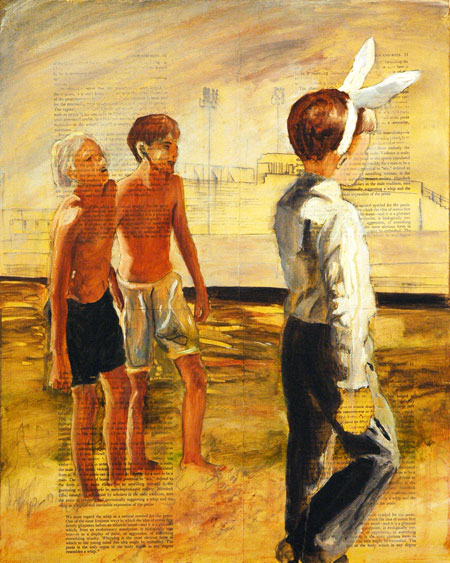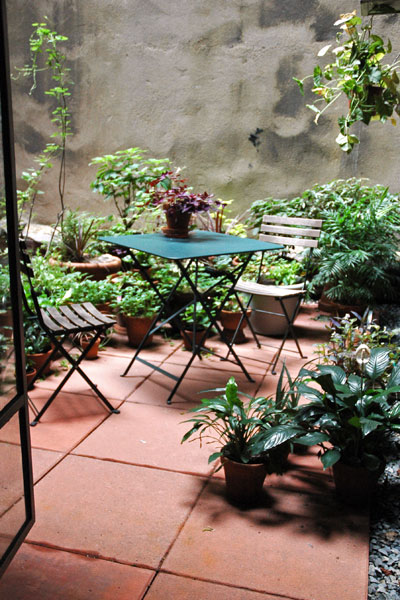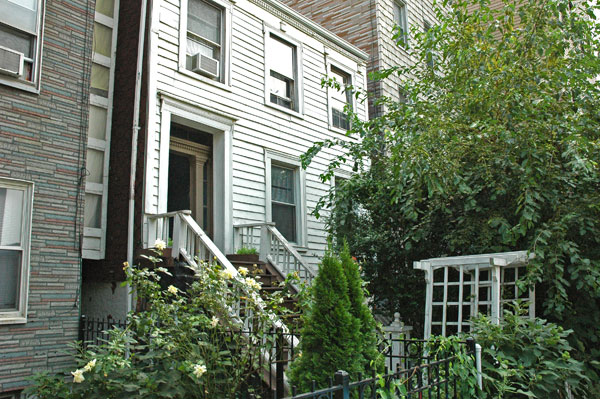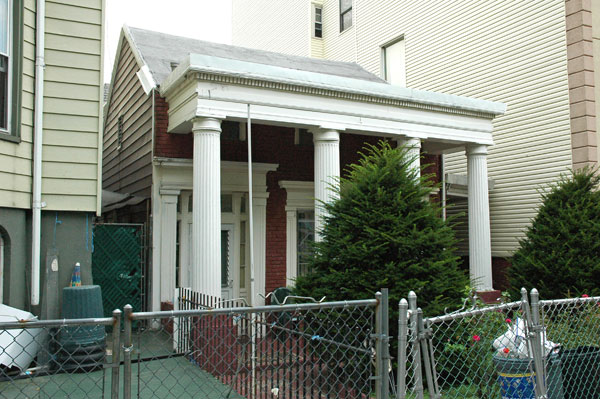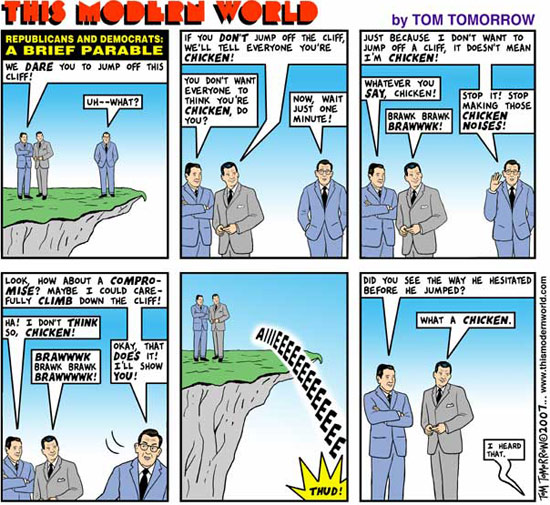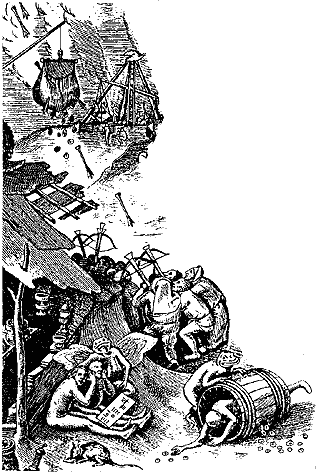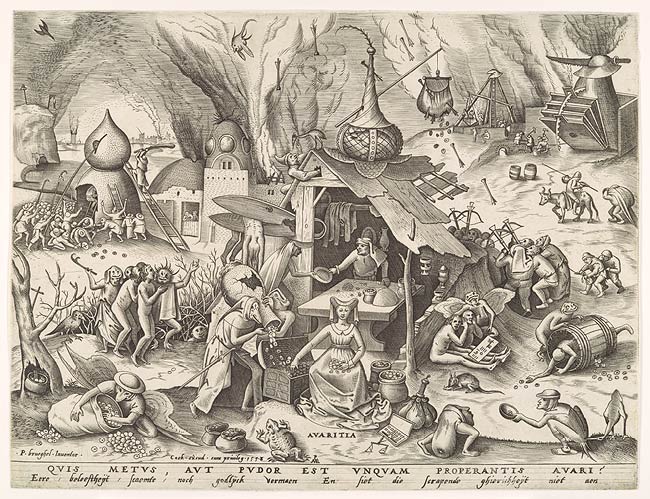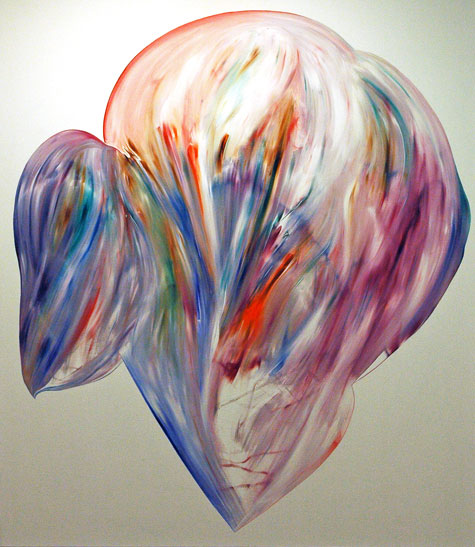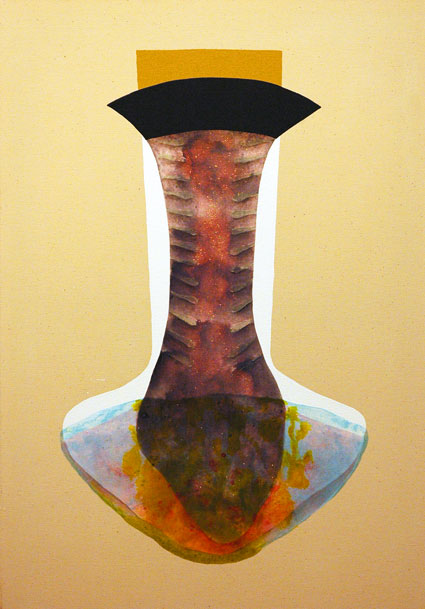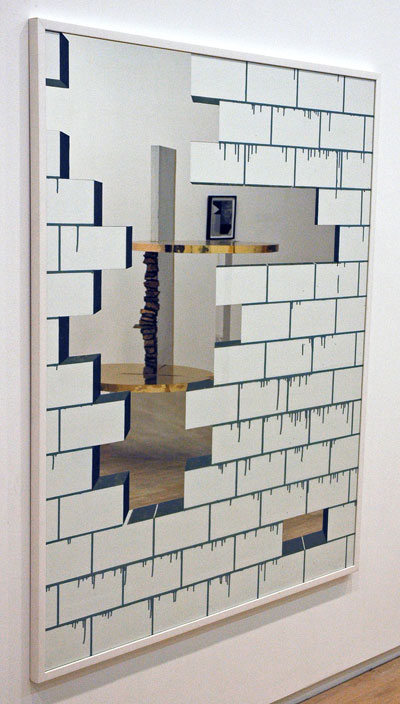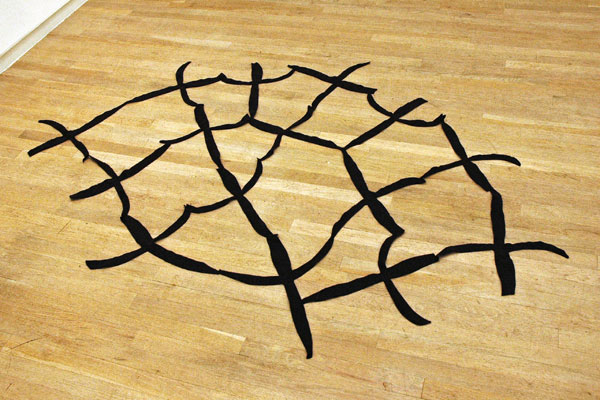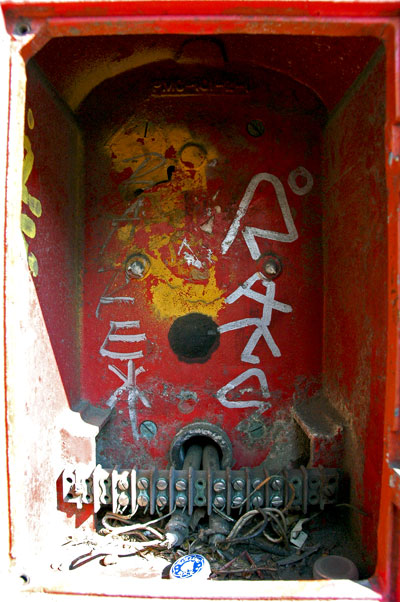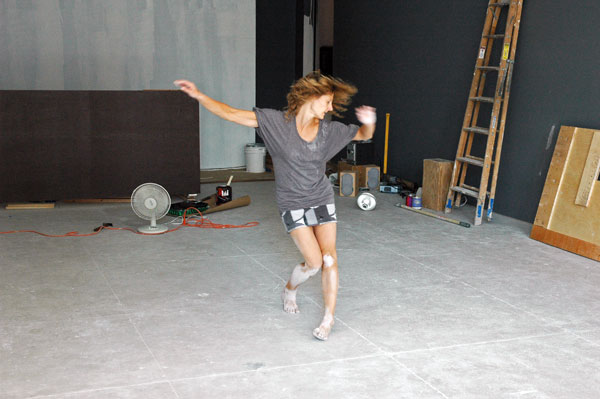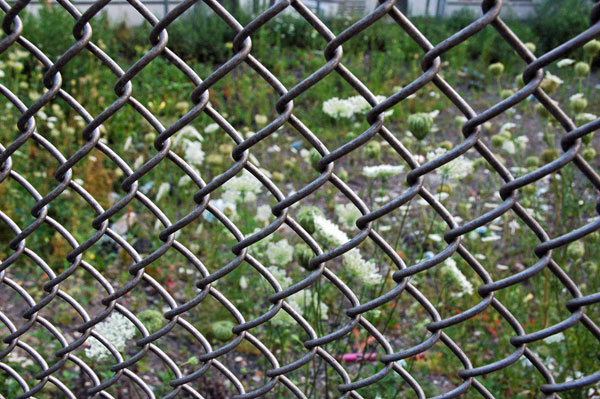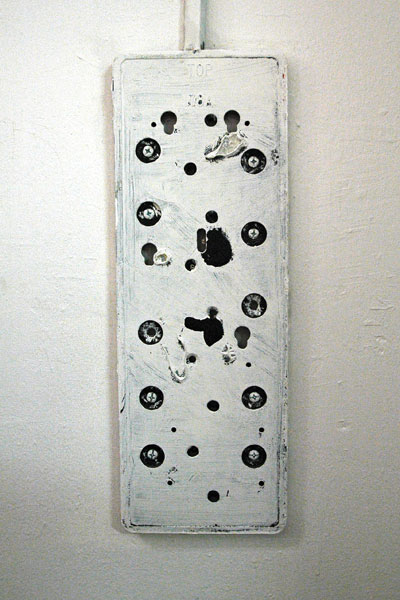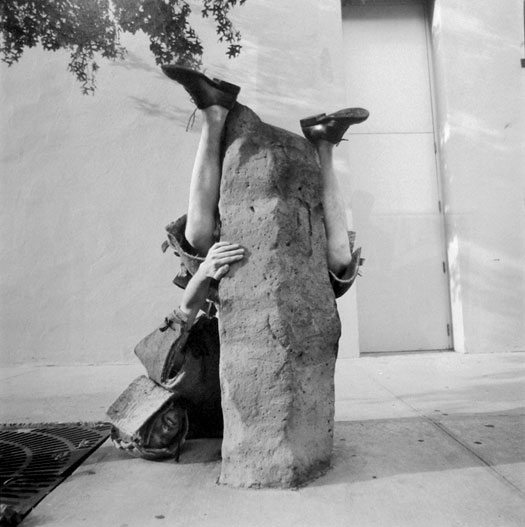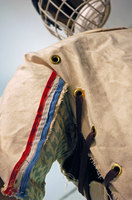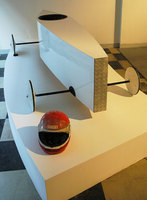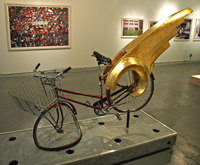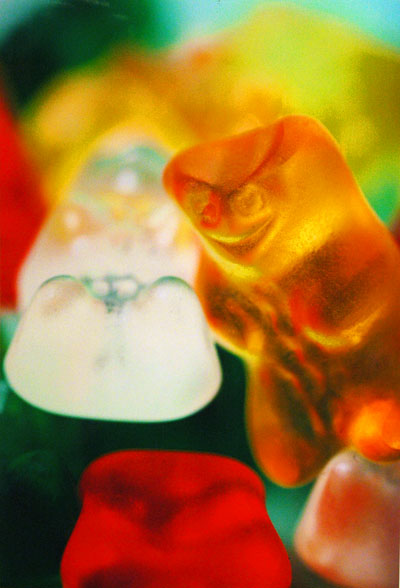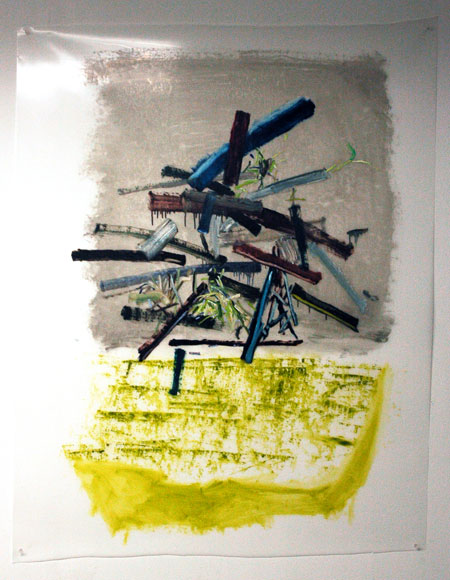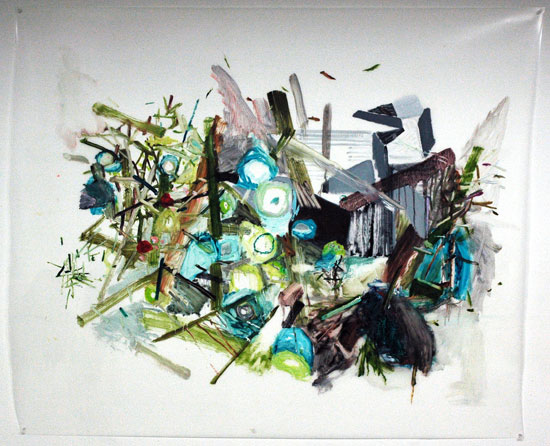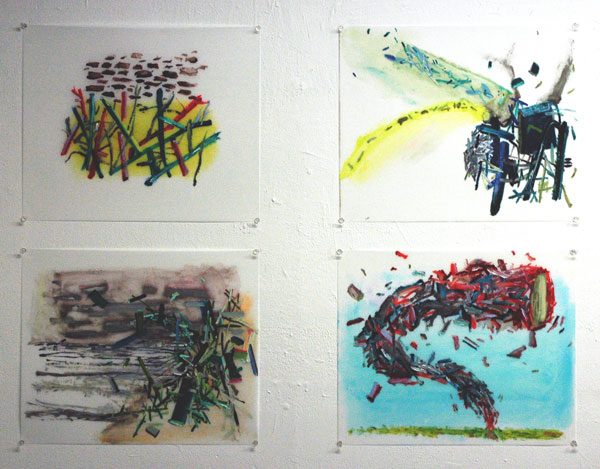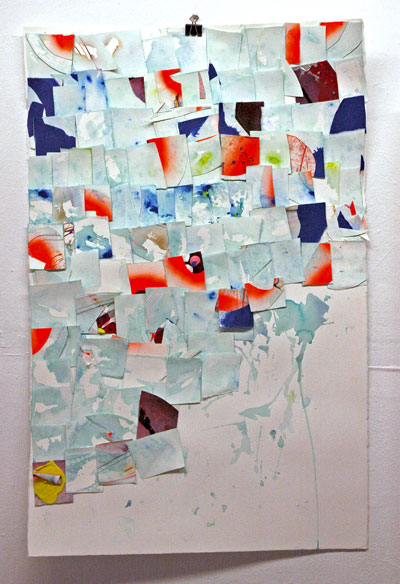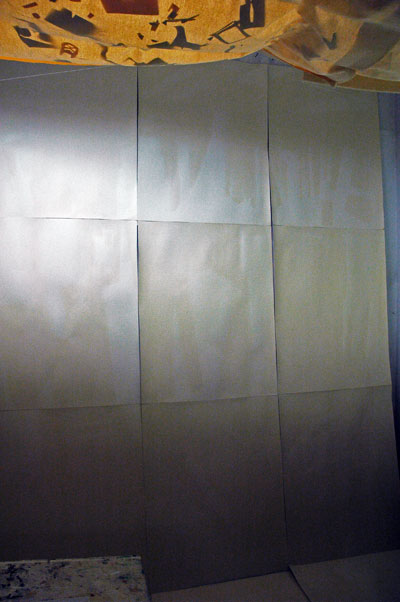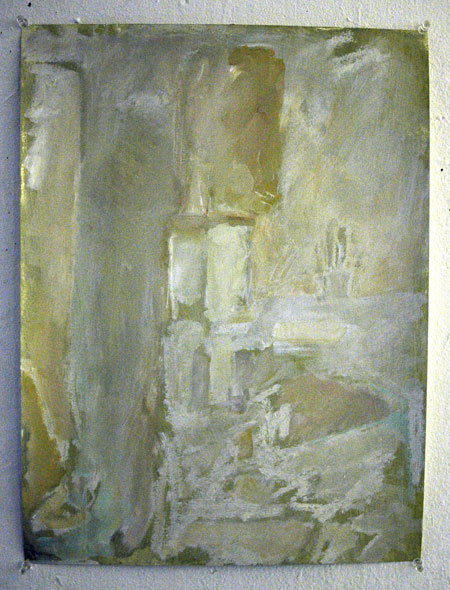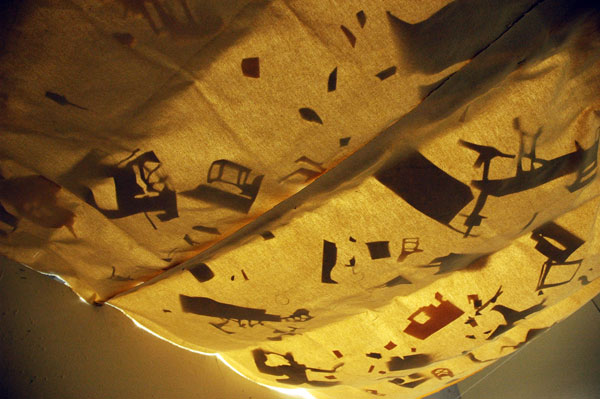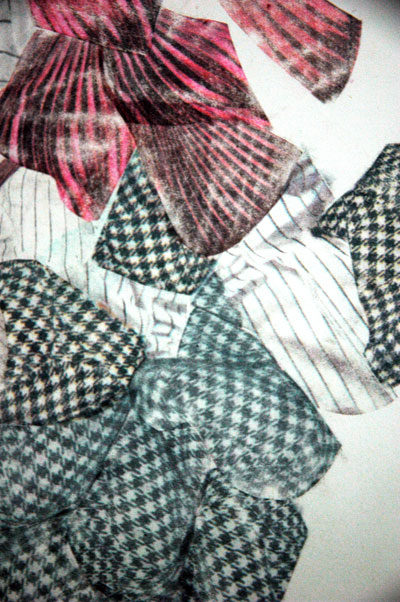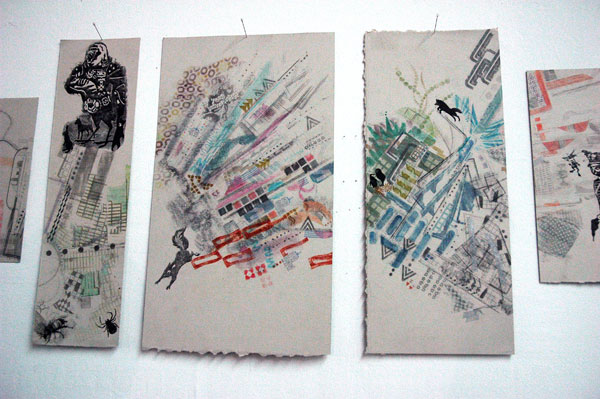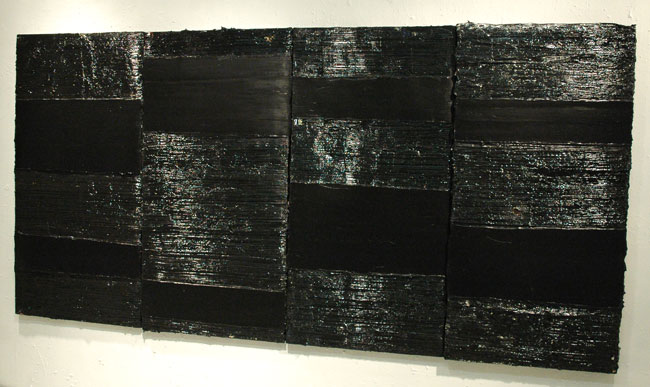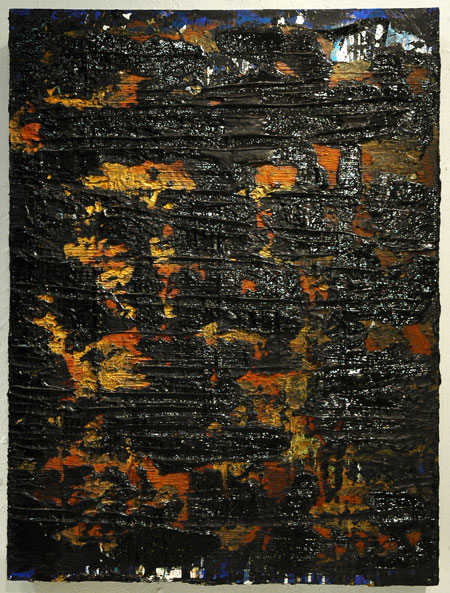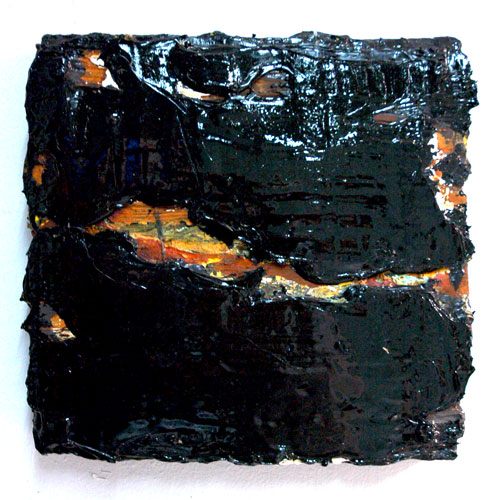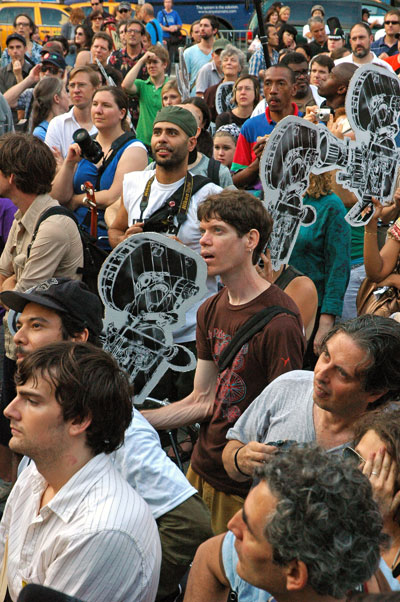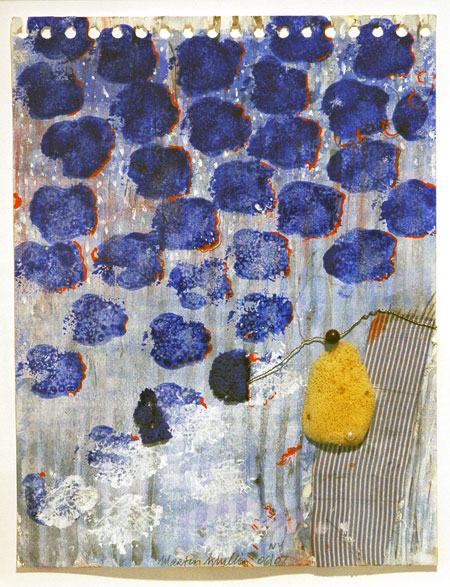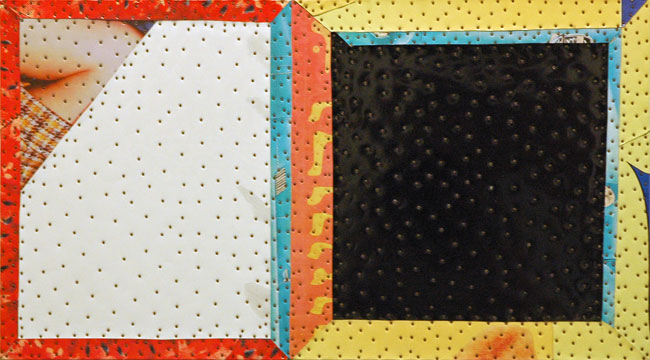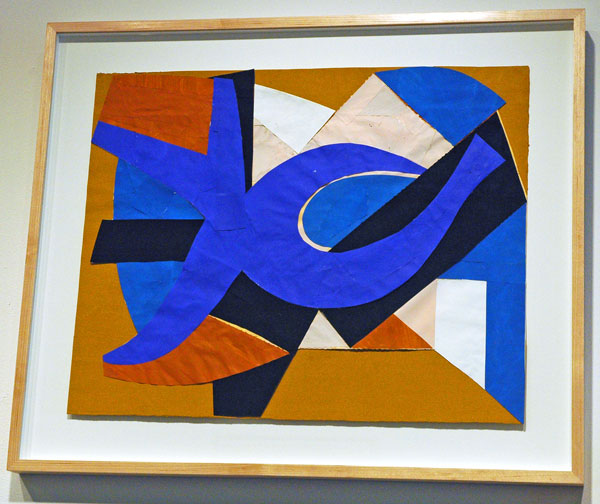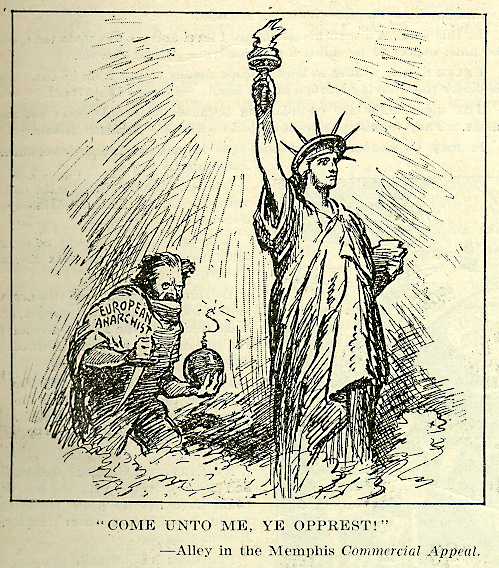
we have a history
Except to most of the poor citizen infantry of every description and every station which it has been enlisting for six years, the so-called "war on terror" has always been fundamentally about controlling the powerless - and sustaining the power of the powerful.
By 2001, after almost a century of the political and social distortions and perversions committed in the name of fighting what ordinary folk were told was their enemy both outside the country and in their midst, the dreaded "Red Terror" had melted away. The lies which had succeeded in destroying the American Left had to be remodeled. A new devil had to be invented. And surprise! The Arab/Muslim world, the new monolithic (conceptualized) enemy, showed up on our doorsteps just in time.
Fifty years ago Senator Joseph McCarthy had shown us exactly how to go about fighting our imaginary devils. Some New Yorkers seem to have taken their cues directly from the American witchhunt which managed to silence or send into exile, among so many others, Charlie Chaplin, W.E.B. DuBois, Clifford Odets, J. Robert Oppenheimer, Paul Robeson, Bertholt Brecht, Hans Eisler and Pete Seeger.
You'd think that after 230 years what is now the strongest and richest nation in the world might finally be able to stand up for its professed principles and stop crippling itself in regular paroxysms of fear about real or imagined enemies allegedly capable of undoing us all.
I've wanted to write something on this story since it first broke, but what I knew about its complexity discouraged me from trying to do so in any compact form. Maybe the controversy about a school's conception and the form it was to assume had to be separated from what happened afterward.
Today the NYTimes carries a column on the Education page by Samuel C. Freedman, Columbia professor of journalism, which manages to assemble the basic facts and calmly describe the enormously-important issues involved. It's an appalling story of a distinguished teacher and social activist being defamed and peremptorily removed from a public post because of a racist, cultist and nativist stupidity and hysteria driven by media and political operatives and bosses representing the most shameful political opportunism, or deliberate calculation.
And remember this is in the multicultural, polyglot, ethnic cornucopia of New York City. From Freedman's piece in the Times:
“I hope it burns to the ground just like the towers did with all the students inside including school officials as well,” wrote an unidentified blogger on the Web site Modern Tribalist, a hub of anti-immigrant sentiment. A contributor identified as Dave responded, “Now Muslims will be able to learn how to become terrorists without leaving New York City.”
Not to be outdone, the conservative Web site Political Dishonesty carried this commentary on Feb. 14:
“Just think, instead of jocks, cheerleaders and nerds, there’s going to be the Taliban hanging out on the history hall, Al Qaeda hanging out by the gym, and Palestinians hanging out in the science labs. Hamas and Hezbollah studies will be the prerequisite classes for an Iranian physics. Maybe in gym they’ll learn how to wire their bomb vests and they’ll convert the football field to a terrorist training camp.”
Thus commenced the smear campaign against the Khalil Gibran International Academy and, specifically, Debbie Almontaser. For the next six months, from blogs to talk shows to cable networks to the right-wing press, the hysteria and hatred never ceased. Regrettably, it worked.
Ms. Almontaser resigned as principal earlier this month.
The school is designed to be entirely secular. It is named for a Lebanese-born Christian poet and visual artist who lived in New York. Eventually it is to include the sixth through twelfth grades, offering classes such as math and science in both Arabic and English. The academy will be one of more than 60 existing dual-language city schools teaching in languages such as Russian, Spanish and Chinese. The new principal unfortunately does not speak Arabic, but the fact that she is a Jew rather than an Arab might not have been a problem for the school's cosmopolitan namesake.
For a richer perspective read this excellent narrative from Steve Quester, a New York educator, activist and friend of mine, who is familiar with Almontaser's work.
There's also an excellent piece, "Jewish Shootout Over Arab School", in The Jewish Week, from which I have excerpted a section describing Almontaser's place in the larger community and the dismay of one wise and compassionate Jew concerned about what the incident will mean to his own community as well as that of New York City and even the nation as a whole:
Almontaser, a public school teacher and administrator, was born in Yemen but immigrated here when she was three. Since 9/11, the slight woman in a hijab had emerged as a prominent advocate in the Muslim community for reaching out and working with other faiths. After the attacks her son, an Army Reserve officer, served as a rescue worker at Ground Zero.
Among other things, Almontaser had invited hundreds of Jews and Christians to her own home in the wake of the terrorist attack to help defang fear and anger towards Muslims. She had joined social action groups, such as We Are All Brooklyn, an inter-ethnic initiative supported by JCRC [the Jewish Community Relations Council of Greater New York], to combat hate crimes in the dense, mixed neighborhoods of that borough. She had trained with ADL’s anti-bias program, A World of Difference, to become a better facilitator for diversity training and inter-group dynamics in the public schools.
Rabbi [Michael] Paley, a scholar-in-residence with UJA-Federation, warned that the prominent role played by a faction within the Jewish community in the attack on her would “come back and bite us. This begins to destroy the America that's been so good to us.” Rabbi Paley, who has met Almontaser during interfaith activities, emphasized that in his remarks on this issue he was speaking only for himself and not his organization.
“The most important thing to know about the Muslim community here is that it replicates the Jewish community from many years ago,” he said. “These are people trying to become Americans as hard as they can, and also trying hard not to lose their identity, just as groups before them did.
“The idea that unless they pass an acid test — that Muslims are terrorists until proven innocent — will mean that none will pass. We are ultimately blocking them from becoming American,” he warned. The result, he said, would be an Arab immigrant community more isolated and less assimilated, “like the Arabs in France.” [my italics]
The message to the Arab-American community as a result of this debacle was, “You’re a fool to think they’ll accept you,” he said.
[image of James Pinckney Alley from Assumption College]
